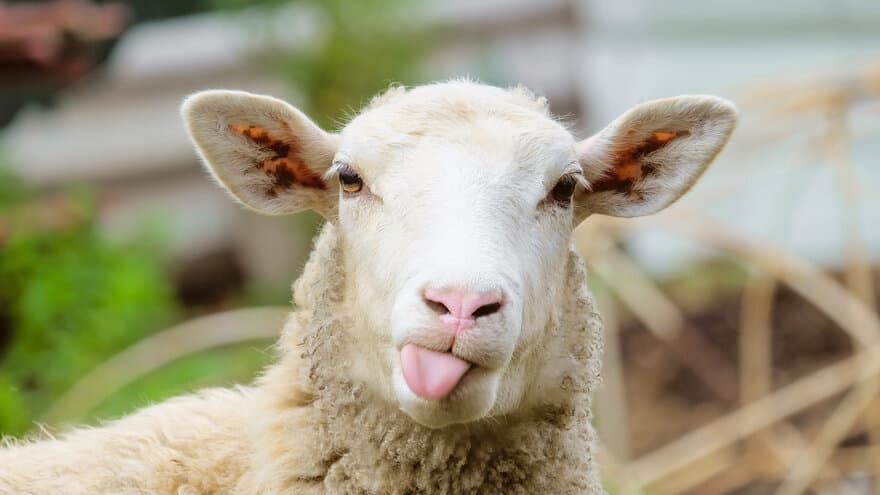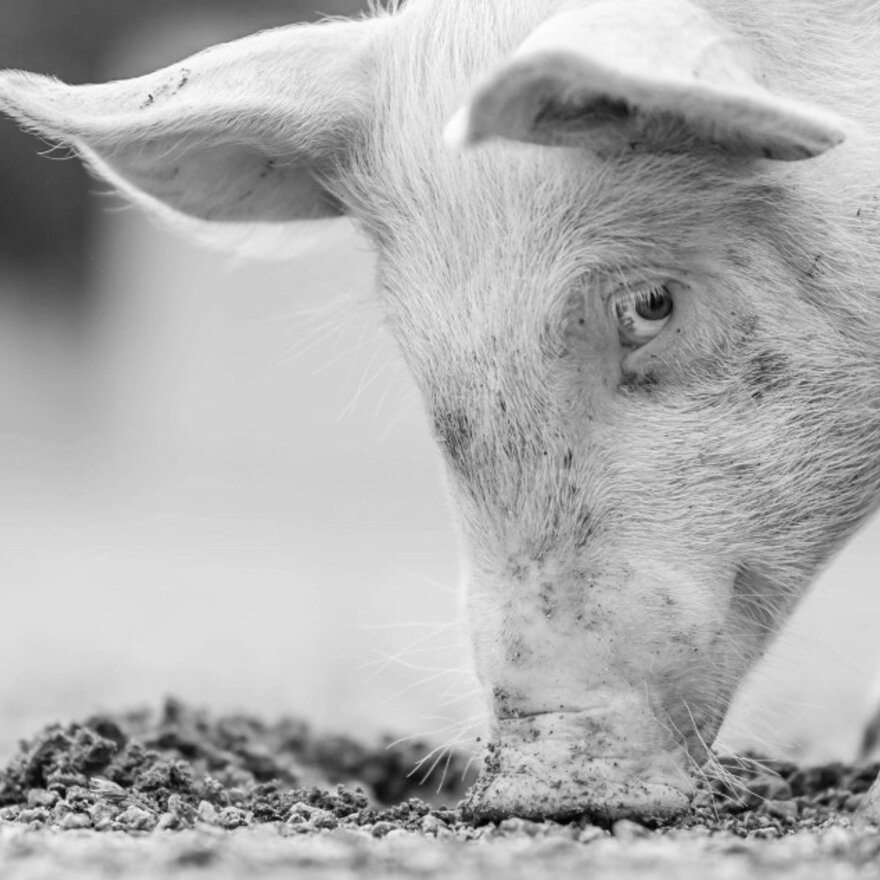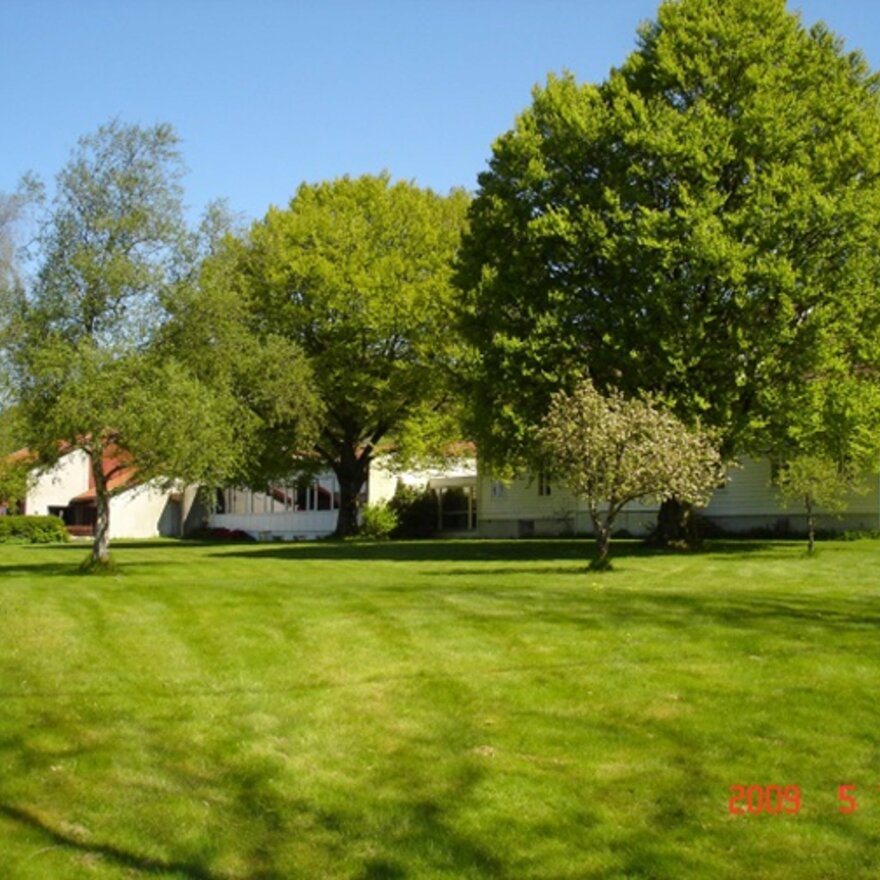About Section for Small Ruminant Research and Herd
The section has extensive expertise in diseases of small ruminants and pigs, and has researchers who are European specialists in small rudiments (ECSRHM) and pigs (ECPHM). Furthermore, the section is an approved internship for European specialist candidates in small livestock.
The section has its own experimental flock of 180 winter sheep, isolates for infection tests, a laboratory for experimental mice and a clinical pathology laboratory with equipment for, among other things, clinical chemistry, pathology, parasitology, immunology and molecular biology.
For the past 20 years, researchers at the section have worked particularly with gastrointestinal parasites on small ruminants, tick-borne infections and prion diseases. In recent years, a lot of work has also been done on diseases in pigs.
Research areas
Teaching
Analyses
Employees
SEARCH
The buildings at NMBU Sandnes
Brief history


